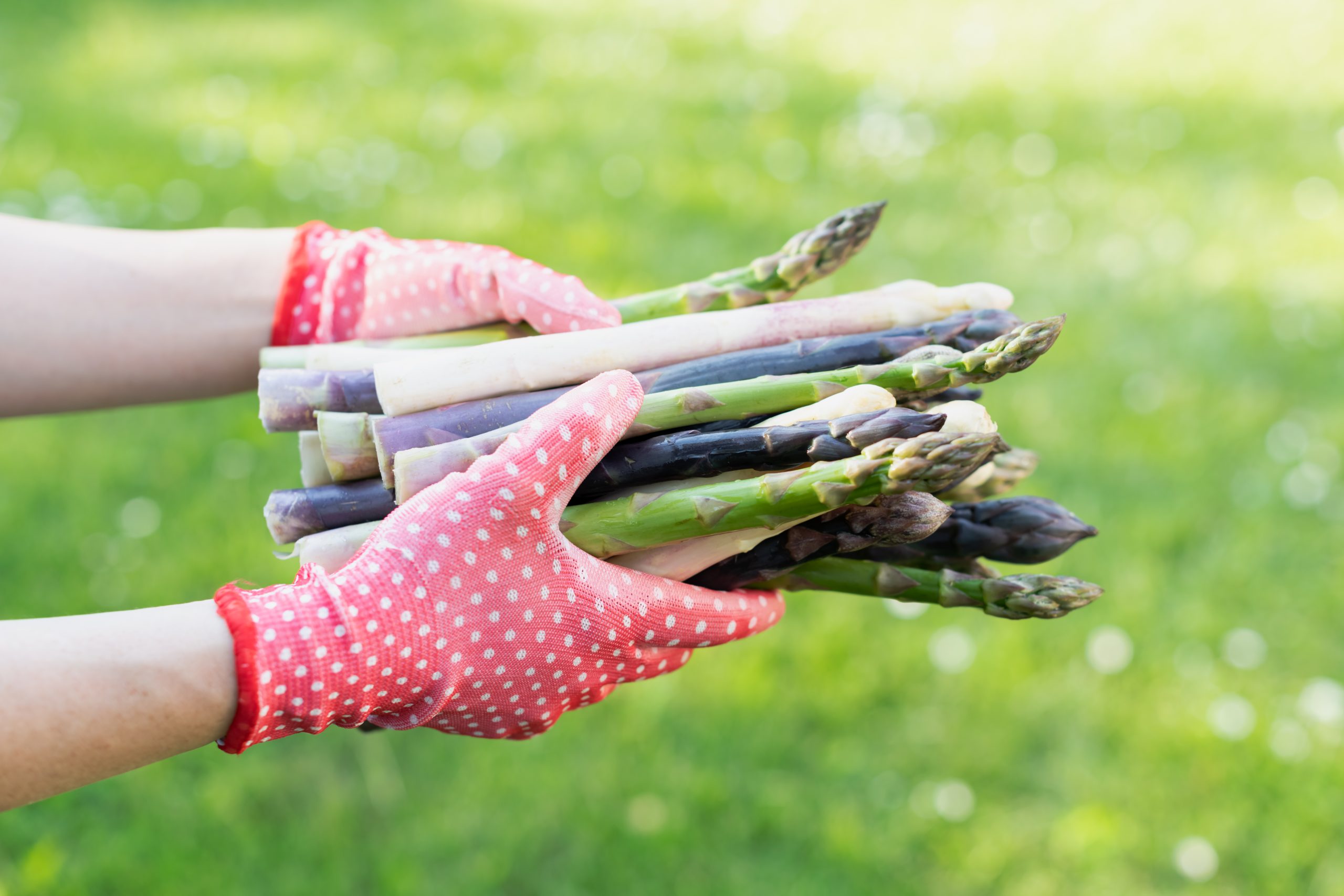Shopping Farmers’ Markets Like A Pro
Contrary to Kermit the Frog’s song “It’s Not Easy Being Green,” spring is exploding with fresh green produce that make it very easy to add healthy greens to your meals. Green foods are loaded with vitamins, minerals, and antioxidants, and are typically low in calories and high in fiber. Farmers’ markets have beautiful displays of everything green—spinach, lettuce, herbs, arugula, asparagus, and rhubarb.
This week the spotlight is on rhubarb and arugula.
Rhubarb

Nutrition Facts
Rhubarb is a good source of vitamin K and is also high in fiber, providing similar amounts as oranges, apples, or celery. The main function of vitamin K is to activate proteins that serve important roles in blood clotting, heart health, and bone health.
How to Store Rhubarb
Rhubarb can stay fresh for up to a week at room temperature.
- Keep it in a cool, dry area
- Allow air to circulate
Rhubarb can stay fresh for a few weeks when stored in the refrigerator.
- Trim any excess leaves
- Wrap the cut rhubarb in loose plastic wrap and allow some air to circulate
Rhubarb stored in the freezer will last for a few months.
- Cut the rhubarb stalks into one-inch pieces
- Place the pieces straight in a freezer bag or airtight container
Facts About Rhubarb
- Rhubarb has a tart flavor and adds a beautiful pink color to recipes
- Only the rhubarb stalk should be used when cooking; the leaves contain toxins that are poisonous
What to Do With Rhubarb
- Use in baking, such as pies, cakes, and cookies
- Make into jams and sauces
Make a brightly colored rhubarb sauce:
- Combine 3 cups finely chopped rhubarb, ½ cup water, ½-¾ cup sugar, and 1 T cornstarch in a saucepan
- Cook until softened
- Add a little cinnamon or a splash of vanilla extract (optional)
- Enjoy over ice cream, pancakes, yogurt, or grilled meat
Arugula

Nutrition Facts
Micronutrients are where arugula really shines. It is high in beta-carotene, vitamin C, folate, vitamin K, and magnesium. These nutrients help the body’s cardiovascular, nervous, and digestive systems work properly.
Tip: Do not wash until just before using.
How To Store Arugula
- Wrap bunched or loose arugula in paper towels
- Store in a plastic bag in the refrigerator (will keep for up to 5 days)
What To Do With Arugula
- Use in salads and sandwiches to add a peppery, spicy kick
- Add as a unique pizza topping
Tips
- Pairs nicely with salty cheeses and bright citrus
- Cooked it becomes mellower in taste
Farmers’ Market Salad and Dressing
- ½ cup extra virgin olive oil
- ¼ cup combination of farmers market herbs: parsley, basil, dill, thyme
- ¼ cup white wine vinegar
- 1 T honey
- 1 T Dijon mustard
- 1 t chopped shallots
Add all ingredients to a food processor and pulse until creamy, and herbs are finely chopped. Enjoy on leafy greens such as arugula, lettuce, or spinach, or try on sliced radishes. Salt and pepper to taste.



